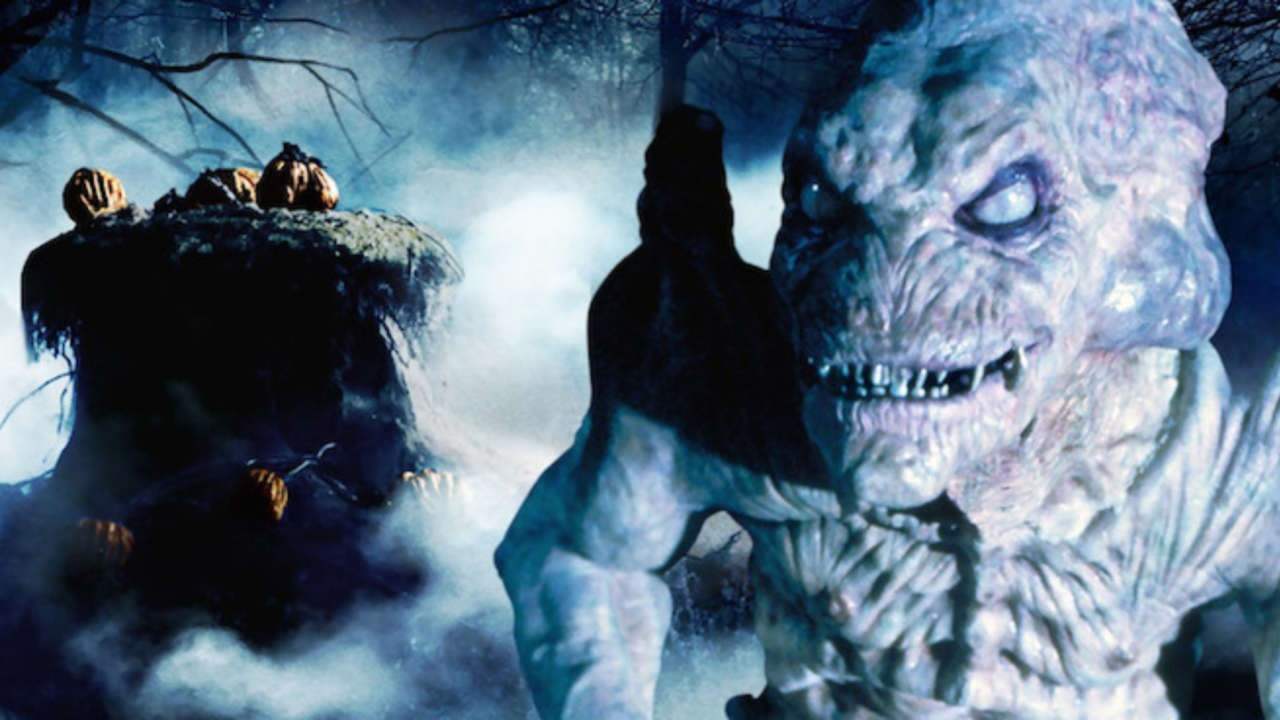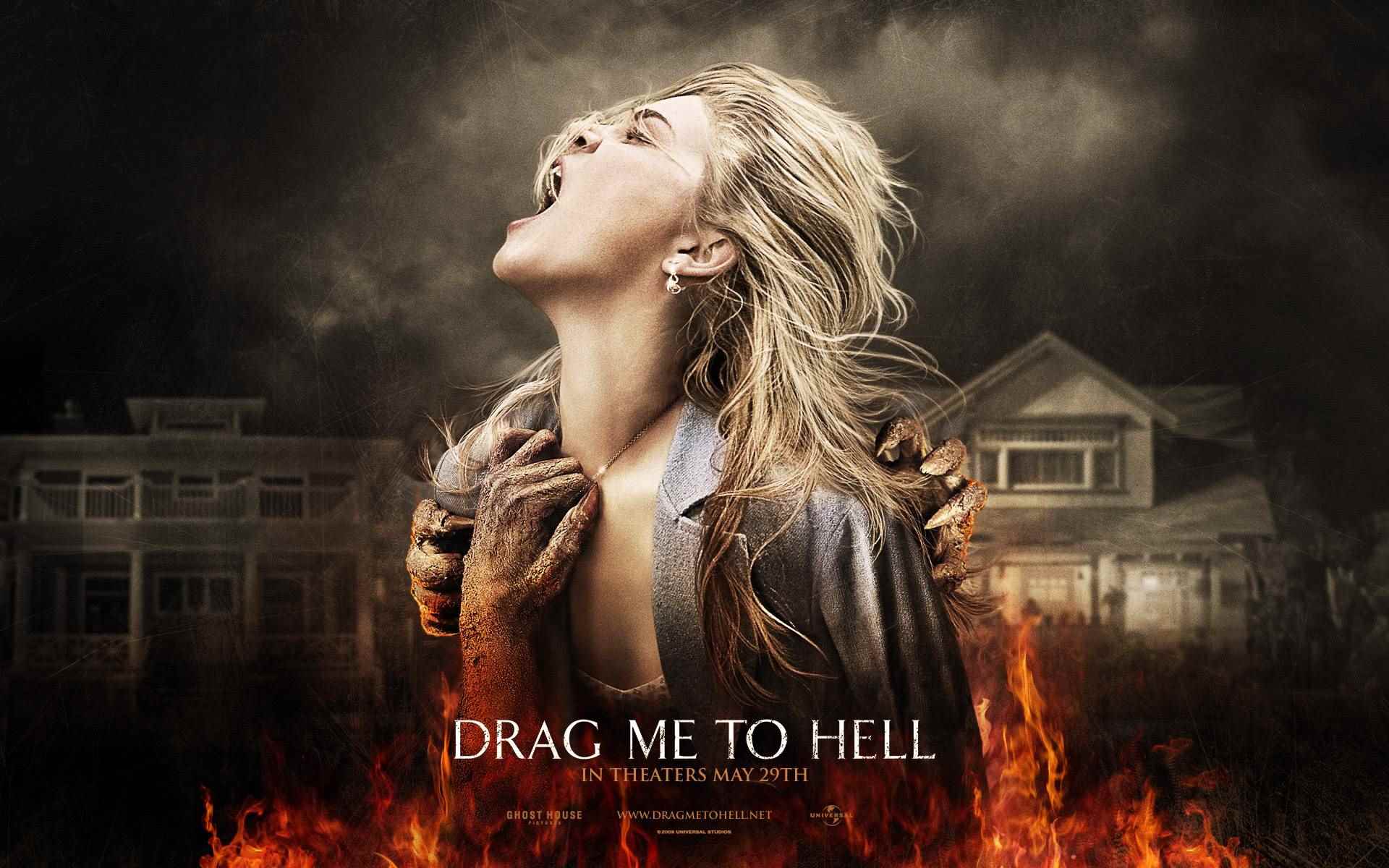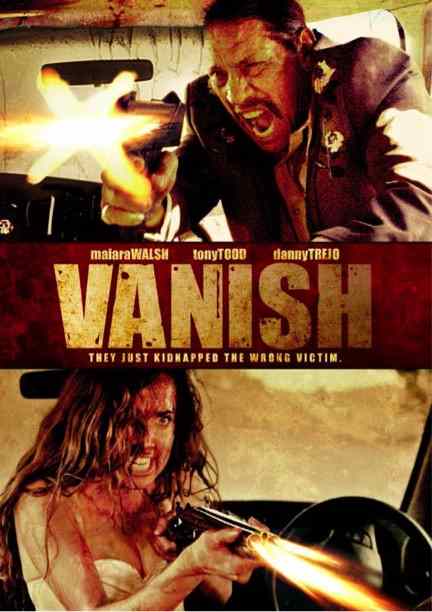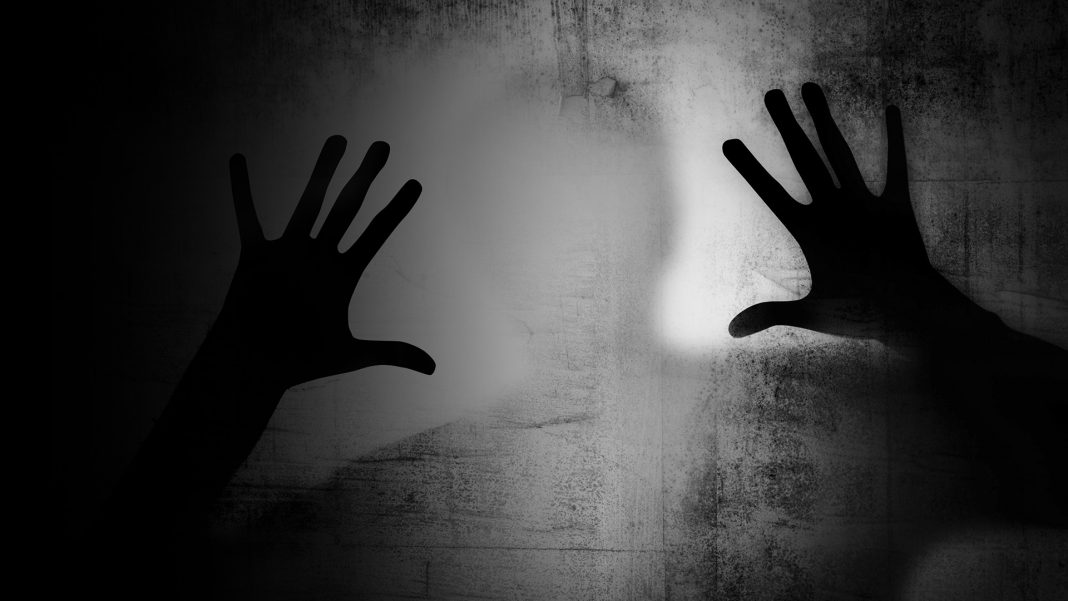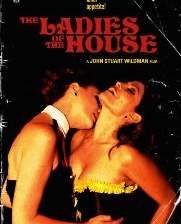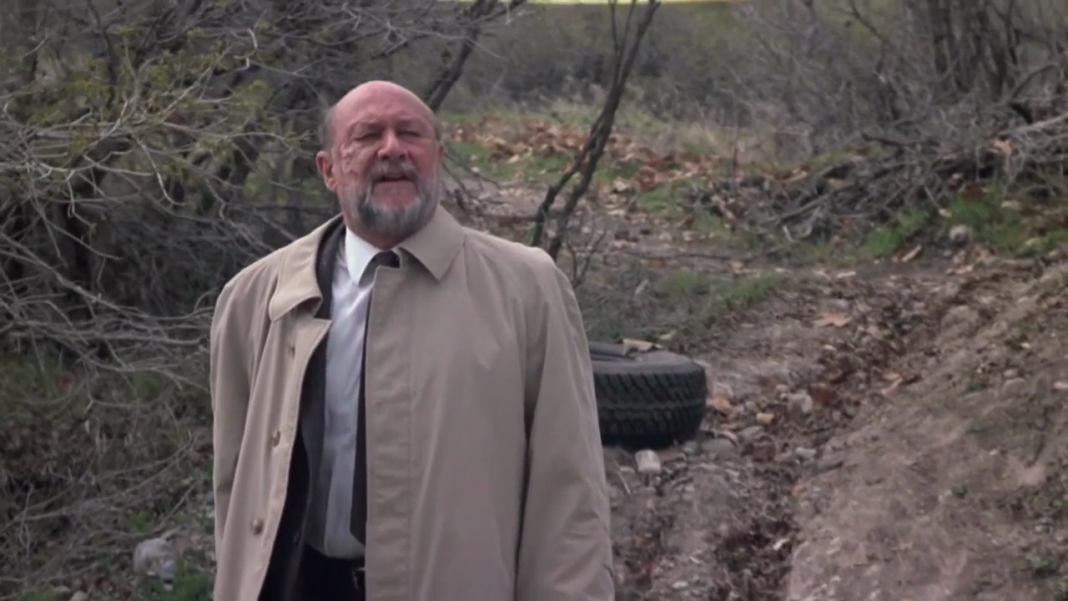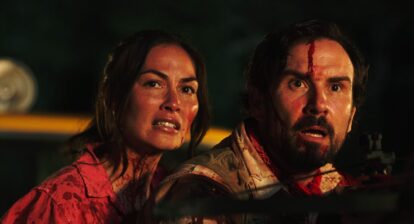Everyone likes to think that their favorite horror movie was an enormous success but that’s definitely not always the case. Sure, it makes sense for bad horror movies to completely fail at the box office. But some of the best films of years past have shared that same fate. There are a lot of factors that go into a movie’s lack of success, even when the film is good.
Some pictures just come out at the wrong time. Either they are ahead of their time and don’t gel with the interests of the era, or the reverse: They are too similar to other features being released at the same time and just get buried. Whatever the reasoning may be, here are nine great horror movies that bombed at the box office.
Children of the Corn
Children of the Corn is now regarded as a classic, but it was neither a critical or financial success when it was released. It has a total lifetime gross of $14,568,989.There were a lot of Stephen King adaptations hitting the screen at the time it was released and Children of the Corn was just another one in the mix. When it was panned by critics, audiences lost interest. The film fell flat on its face. The most baffling thing about the movie’s failure is the fact that it just refused to die. It has to be the least successful movie to ever spawn such a long-lasting franchise. It has not only eight sequels to date, but also a remake produced by the SyFy Channel.
Drag Me to HellDrag Me to Hell was touted as Evil Dead director Sam Raimi’s big return to horror after films like For Love of the Game, The Quick and the Dead and the Spider-Man trilogy. It got a lot of buzz from the horror community and the die-hard fans seemed to be genuinely excited about it. But they weren’t excited enough to go see it. The film raked in $42,000,000 domestically against a budget of$30,000,000 – making only $16,000,000 on its opening weekend. It’s the lowest-grossing film of Raimi’s since the early days of his career and event hour it made a marginal profit, the film is thereby considered a commercial failure. Some have speculated that the movie was poorly handled in theaters, some have said that the rise of online piracy was in part to blame. Regardless, the film has managed to find an audience on home video.
The Quentin Tarantino/Robert Rodriguez Grindhouse Double Bill just didn’t resonate with theater goers. It was a movie made for cinephiles, but not for mainstream audiences. Out of all the movies on this list, this entry was clearly doomed from the start. It was made as a love-letter to a style of theater-going that had long-since died out. Double features are barely shown anymore, and they while they are remembered fondly by a select few, mainstream audiences clearly did not get the appeal. I saw this one in theaters and remember every patron, with the exception of group, leaving after the first movie. Nobody got it. The overall budget of both features was $67,000,000 and the films only grossed $25,000,000 theatrically.
Though it is now viewed as one of the best creature features of all time, Pumpkinhead took years to find its audience. Directed by FX wizard Stan Winston, it was held from release for nearly three years after its original distributor went bankrupt. When the film was released, it had no marketing of any kind and all those horror fans who had been reading Fangoria and getting excited for the film had all but forgotten about it when the picture was finally released. Pumpkinhead earned a lifetime gross of $4,000,000 and did not become a hit on video until the early ’90s, when it spawned a straight-to-video sequel in 1994.
Bram Stoker’s Dracula was one of the biggest hits of 1992. Given the enormous success of that film, it only seemed logical for Columbia to try and recapture that with an adaptation of Frankenstein. But nothing went according to plan. The movie was not as suave or sexy as Dracula. It’s a very different story. The film sticks much closer to the book than previous adaptations but people of the time just weren’t interested. Mary Shelly’s Frankenstein brought in a box office total of $22,000,000–less than half of its $45,000,000 budget.
Now one of the most beloved cult classics of the 1980’s, The Monster Squad was a dismal failure in theaters. With a total gross of $4,000,000 it is regarded as a complete and utter flop. There are a lot of possible reasons for this. It was released around the same time as huge hits like Gremlins and The Goonies which were both much lighter fare. The Monster Squad was naturally darker and parents quickly decided that it was altogether too dark for children. Further working to the picture’s disadvantage is the fact that it wasn’t marketed well at ll. Nobody could tell if it was a movie for children or adults and therefore it never found its audience. The picture didn’t even start to be considered a cult classic until its DVD release 20 years later.
George A. Romero’s Day of the Dead is the final note in his original zombie trilogy. It was not a financial or critical success when it was first released but is now considered to be one of his best efforts. This was the most overtly political of Romero’s Dead films. It takes a look at the brief hope that the zombies can be overcome. It leads viewers to believe that there might be some possibility of sustaining life in this world and then lets the audience watch that hope be demolished by human error. But there was no audience for this film for a very long time. It grossed only $5,000,000 at the US box office and only found its audience after its release to home video.
Alfred Hitchcock’s Vertigo is widely considered one of the best films of all time. [Editor’s Note: Vertigo was recently ranked the best film of all time by Sight & Sound Magazine; an honor that had been held by Citizen Kane since 1962] It’s a masterpiece of suspense. It’s a more intimate film than some of the large scale thrills he had offered in the past and people wanted more of the same. This one did break even at the box office with a total gross of $2.8 million, but it only managed to do so by about $400,000. It made significantly less than the other lauded classics from the director, even though it is now almost universally revered.
John Carpenter’s remake of The Thing is one of the most admired films of his career, as well as the horror genre in general. It has graced countless list recalling the best horror films of all time and often ranks right near the top. People regularly cite it as their favorite horror picture of all time. But strangely enough, it is the least financially successful movie of Carpenter’s entire career. With no exaggeration, the movie nearly killed the director’s career. He lost jobs because of it. In fact, he was already slated to direct Firestarter right after The Thing wrapped, but he was let go when Thing was released. It may be almost universally loved now but this movie bombed in a big way. The Thing took in a US gross of roughly $14 Million compared to a budget of $15 Million. Carpenter and cinematographer Dean Cundey have said that the movie was unsuccessful because audiences weren’t ready for it. This was, after all, the summer of E.T. Audiences didn’t want a mean alien, they wanted an alien that they could all relate to. They wanted to believe that they didn’t need to watch the skies and that things were going to be okay, which is the opposite of the nihilistic themes running underneath Carpenter’s movie.
